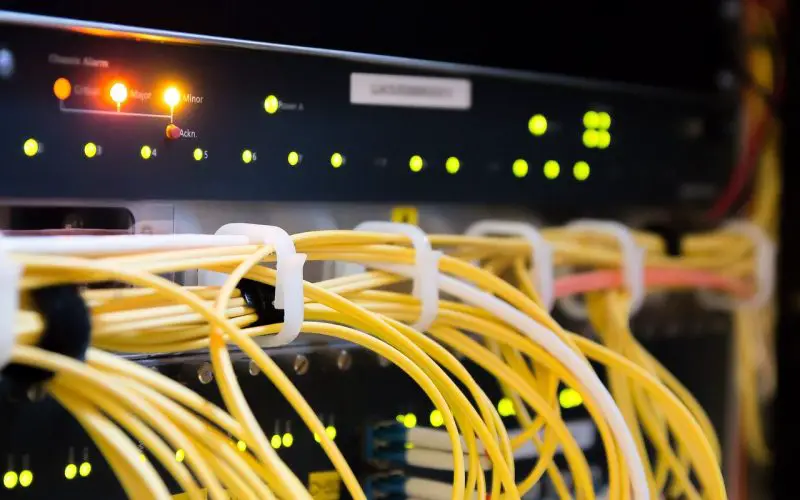
What Is a Program Counter? Explained!
What Is a Program Counter? is a special purpose register on a computer. It keeps track of the execution point of each instruction in the current or previous sequence. It is similar to a digital counter in a modern computer. It facilitates the efficient execution of instructions by providing tracking information at each step. Here's an explanation of the program counter. What is a Program Counter? and how it works A program counter is a register in the central processing unit that receives instructions and points to the next instruction in a string. It allows the CPU to minimize execution…








